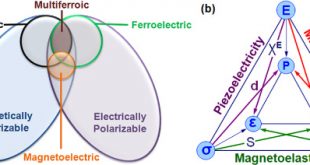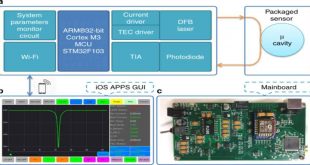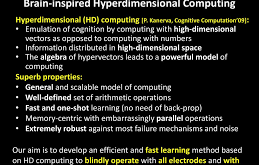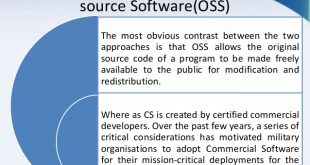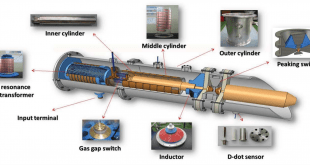Service members are subject to extreme physical injury and mental stress. Wounded soldiers often experience substantial pain, which must be addressed before returning to active duty or civilian life. Pain represents a serious and widespread problem both over the short term for wounded soldiers on the battlefield and during rehabilitation, …
Read More »DARPA BOLT developing handheld device that can translate Language in real time
Being able to converse with people who don’t speak English is essential for the Army, since every day, Soldiers are partnering with militaries in dozens of countries around the world. A number of speech-translator devices are available commercially, and Soldiers have been using them. However, speech translators are seldom completely accurate …
Read More »Swarm technologies enable militaries to employ them for ISR, force protection and precision firepower
Criminals and militants have now started using swarm of commercial available drones thereby engancing their effectiveness and lethality. Military is also developing swarms for many applications including ISR, decoys or as swarm of weapons. Swarms are expected to be effective even in A2/AD environments. Instead of being individually directed …
Read More »US DOD developing Fuel Cells to power Military Vehicles, UAVs , Submarines, Military Bases to Soldier wearables
A fuel cell is a device that generates electricity by a chemical reaction. It converts hydrogen and oxygen into water, and in the process also creates electricity. Fuel cells provide many advantages, they are environment friendly as they don’t produce pollutants or greenhouse gasses, significantly improving our environment, high energy efficiency ( …
Read More »Multiferroics and spin-orbit materials for Internet of things and AI
The need for more energy-efficient computers is urgent. The Department of Energy projects that, with the computer chip industry expected to expand to several trillion dollars in the next few decades, energy use by computers could skyrocket from 3 percent of all U.S. energy consumption today to 20 percent, nearly …
Read More »Photonics & Nano technologies promise miniature sensors, and faster “Internet of photonic things,” for civil and military
Sensors allow humans to feel and understand their world, and their development lays the foundation for the fulfillment of information society and has formed a huge industry. For its implementation the Internet of Things relies heavily on sensor technology.In the grand world of the “internet of things” (IoT), there are …
Read More »Brain inspired Hyperdimensional computing for extremely robust brain-computer interfaces, biosignal processing and robotics
From an engineering perspective, computing is the systematized and mechanized manipulation of patterns. A representation is a pattern in some physical medium, for example, the configuration of ONs and OFFs on a set of switches. The algorithm then tells us how to change these patterns—how to set the switches from …
Read More »Rising role of open source software and open-source framework in Military
Open source software is free to license, the preferred choice of geeks everywhere, for rapid development for instance impromptu mapping projects to help victims of the 2010 Haiti Earthquake where open source delivered results much faster than traditional methods. “It probably would have taken a year to come up with …
Read More »High Power electromagnetic technologies enable Electromagnetic Weapons on Aircrafts, combat drones and missiles
A high-powered microwave weapon (HPM) is type of Directed Energy Weapon (DEW) for employing radio frequency energy against a variety of targets. They are principally counterelectronic weapons and could be used to destroy any enemy electronic systems, including radars, computer systems and communications infrastructures. Electromagnetic weapons can destroy, intercept or jam …
Read More »DARPA’s GCA harnessing commercially available Geospatial Imagery on secure cloud-based platform for Defense Analysis
The rapid pace of new commercial satellite constellation launches has led to a corresponding increase in the amount and availability of geospatial data. While these constellations largely focus on non-military uses, their data has numerous military applications. For example, the new constellations provide optical, synthetic aperture radar (SAR), and Radio Frequency …
Read More » International Defense Security & Technology Your trusted Source for News, Research and Analysis
International Defense Security & Technology Your trusted Source for News, Research and Analysis




